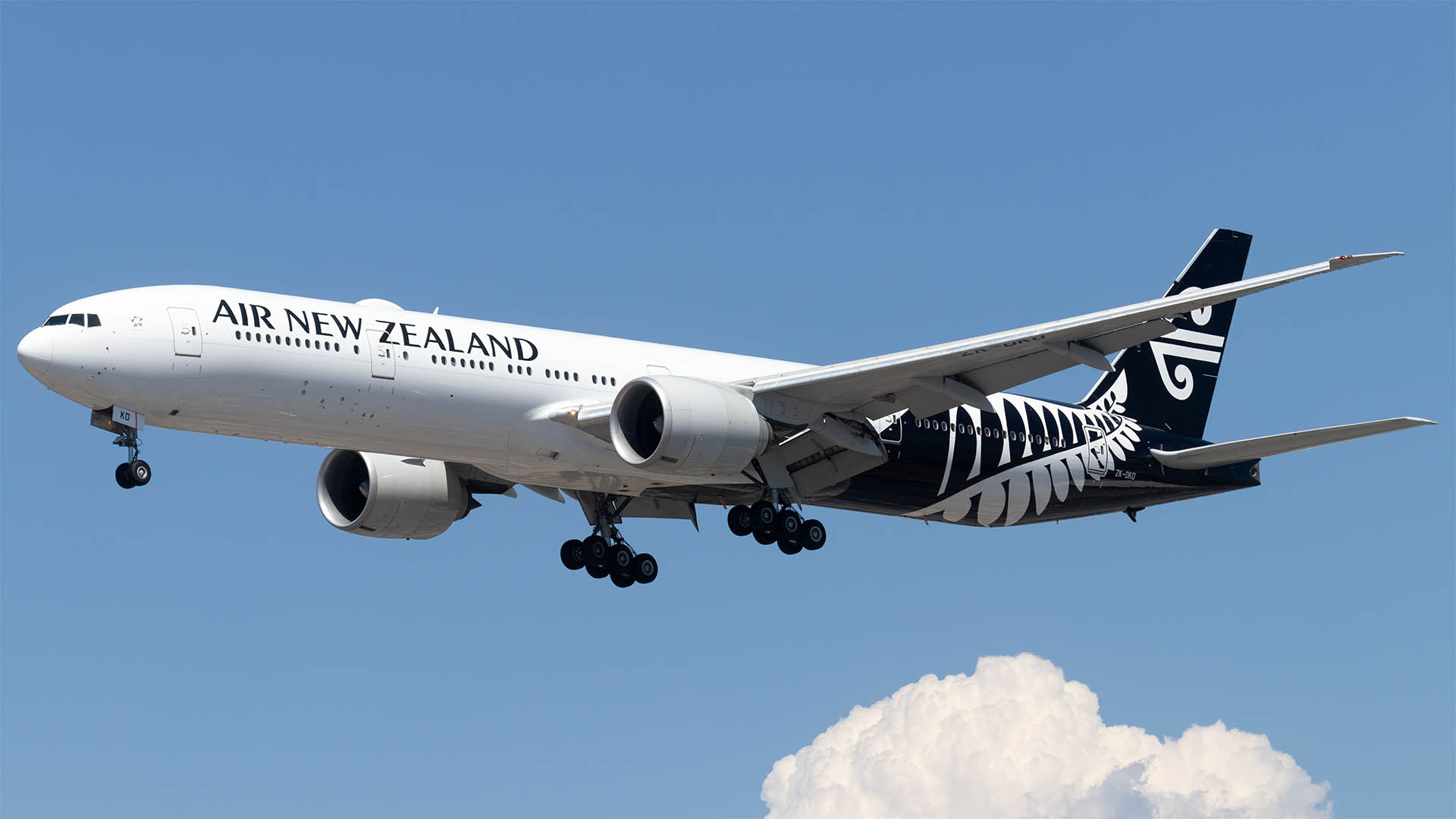
Contrasting times for Australian banks yesterday as some tensions reappeared and worries emerged about the financial health of some players.
The ANZ Bank moved to raise its much anticipated $2.5 billion plus of new capital yesterday to help finance a probable expansion in Asia, while at the other end of the market, Brisbane-based Suncorp was detailing a small rise in bad debts and warning of further pressures on earnings. (See below)
And Bendigo and Adelaide Bank’s exposure to the collapsed Great Southern Group was questioned by a banking analyst from Citigroup. (See below)
The ANZ wants $2.5 billion from its share issue, partly to fund a possible purchase of some of Royal Bank of Scotland’s Asian assets.
And it will ask small shareholders to stump up a further $300 million-plus.
It’s interest in these assets have been mooted for some months.
It expects to have raised the money and have the shares relisted by the time market trading starts today.
The ANZ said in yesterday’s statement that it had made a non-binding bid for the assets, which RBS recently put up for sale as part of a plan to retreat to its home markets in the UK, and exit or shrink in up to 36 of the countries where it operates.
Regional giants, HSBC Holdings) and Standard Chartered had also expressed interest in buying the assets, which include operations in India, Pakistan, Indonesia and Taiwan and could fetch about $US2 billion.
But the two bigger banks are now reported to have declined to bid, leaving the way for the ANZ to succeed, if its price is right.
ANZ said in yesterday’s statement that it was raising fresh equity through an institutional placement of shares at $14.40 each, a discount of 7.5% to the closing price of $15.57 on Tuesday.
While Australia’s top four banks have been forced to raise large amounts of capital in equity and debt in recent months as the global financial crisis puts pressure on their balance sheets, this raising by the ANZ isn’t just to replenish capital, but to also finance expansion and take advantage of the exit of RBS from Asia.
ANZ CEO, Mike Smith has said several times how he wants to turn the ANZ into a regional bank, along the lines of Standard Chartered or HSBC, which have substantial businesses in a home market (the UK), but lots of growth and assets through Asia.
The bank gave its retail shareholders the chance to buy additional shares, raising up to around $A350 million.
ANZ said some of the money would also be used to bolster its balance sheet, revealing that bad-debt charges were likely to be about 20% percent higher in the second half of its fiscal year than in the first half when charges totaled $A1.44 billion, as additional stress in the commercial segment continued.
The ANZ reported a bigger-than-expected 43% drop in cash profit for the March half year, cut its dividend and forecast tough times ahead as bad debt charges jumped sharply.
The ANZ made a big play in yesterday’s statement of how it would not overpay for RBS assets.
"ANZ applies a disciplined approach to assessing new investment opportunities. An acquisition of the selected RBS Asia assets would initially have a modest negative impact on reported earnings per share but over the medium term the impact would be expected to be positive.
"Consistent with ANZ’s super regional strategy, the aim for the acquisition would be to provide a base for substantial value creation.
"Actual future outcomes would be dependent on (amongst other things) ANZ successfully integrating the acquired businesses with its existing business and implementing its plans for the acquired businesses."
In yesterday’s statement the ANZ did provide some updating of conditions in the first six weeks of the second half of the year.
"The banking outlook remains uncertain and difficult to predict especially with respect to credit provisions, revenue and the market value of securities and derivatives.
"ANZ’s expectation remains that the credit provision charge in the second half of financial year 2009 will be somewhat higher (~20%) than that of the first half (1H09 underlying provision charge $1.435 billion).
"At its Interim results, ANZ advised that consistent with the broader banking sector in Australia and New Zealand, additional stress had been noted in the commercial (middle market) segment during March.
"While this did not continue into April, ANZ believes the commercial segment will experience further difficulties in the second half of the calendar year.
"The credit risk expense on credit intermediation trades (structured credit derivatives) has reduced by approximately $400 million after tax since 31 March 2009 reflecting lower credit spreads globally and a stronger Australian Dollar. ANZ has previously advised that it expects this charge to continue to be volatile.
"This improvement since March has been largely offset by a reduction in the economic hedging fair value gains recognised in 1H09 as these are also driven by credit spreads or factors typically correlated with credit spreads.”
The last two points are the major volatile items in the bank’s portfolio. That have already cost hundreds of millions of dollars in extra provisions.
But if credit conditions continue to improve in global markets, much of that could be offset by September 30, if there’s no more problems.












